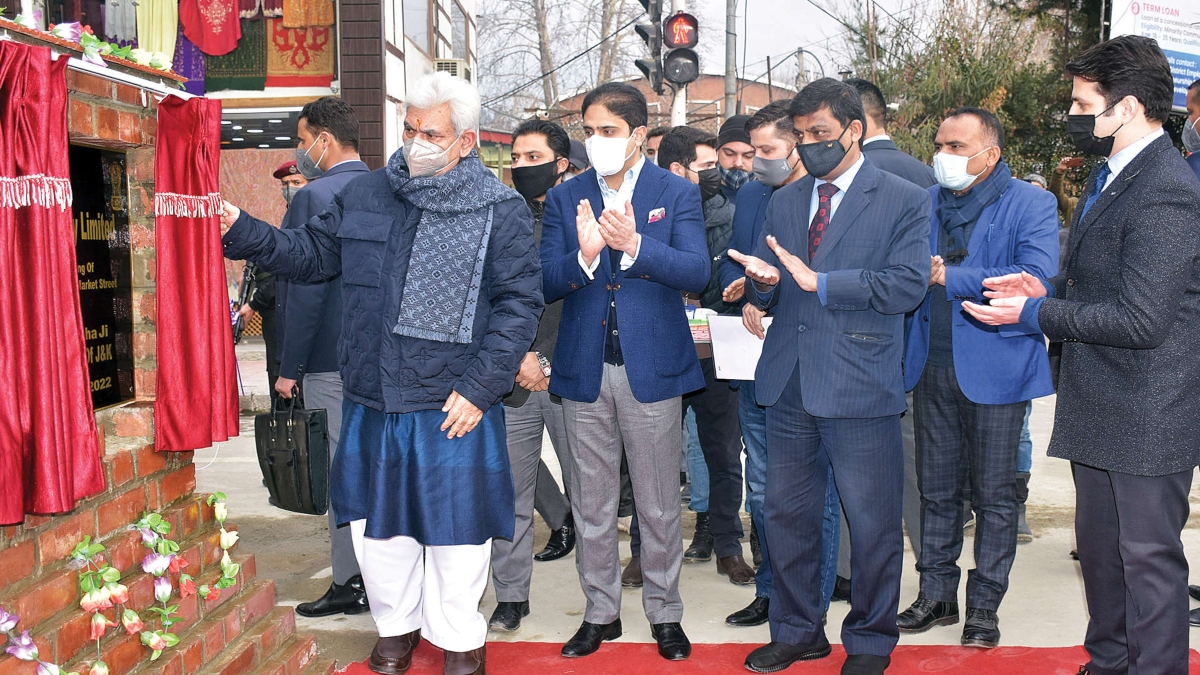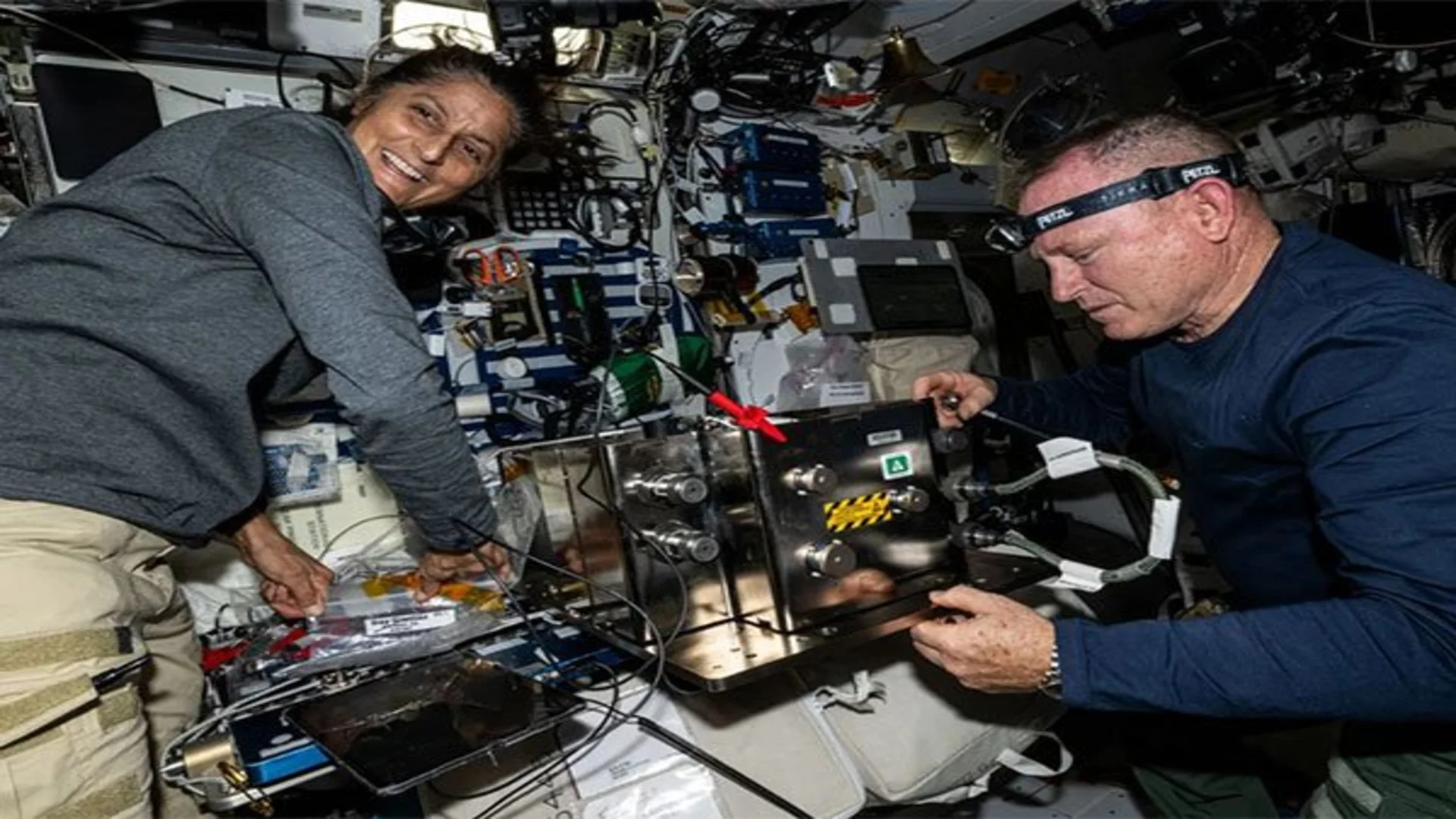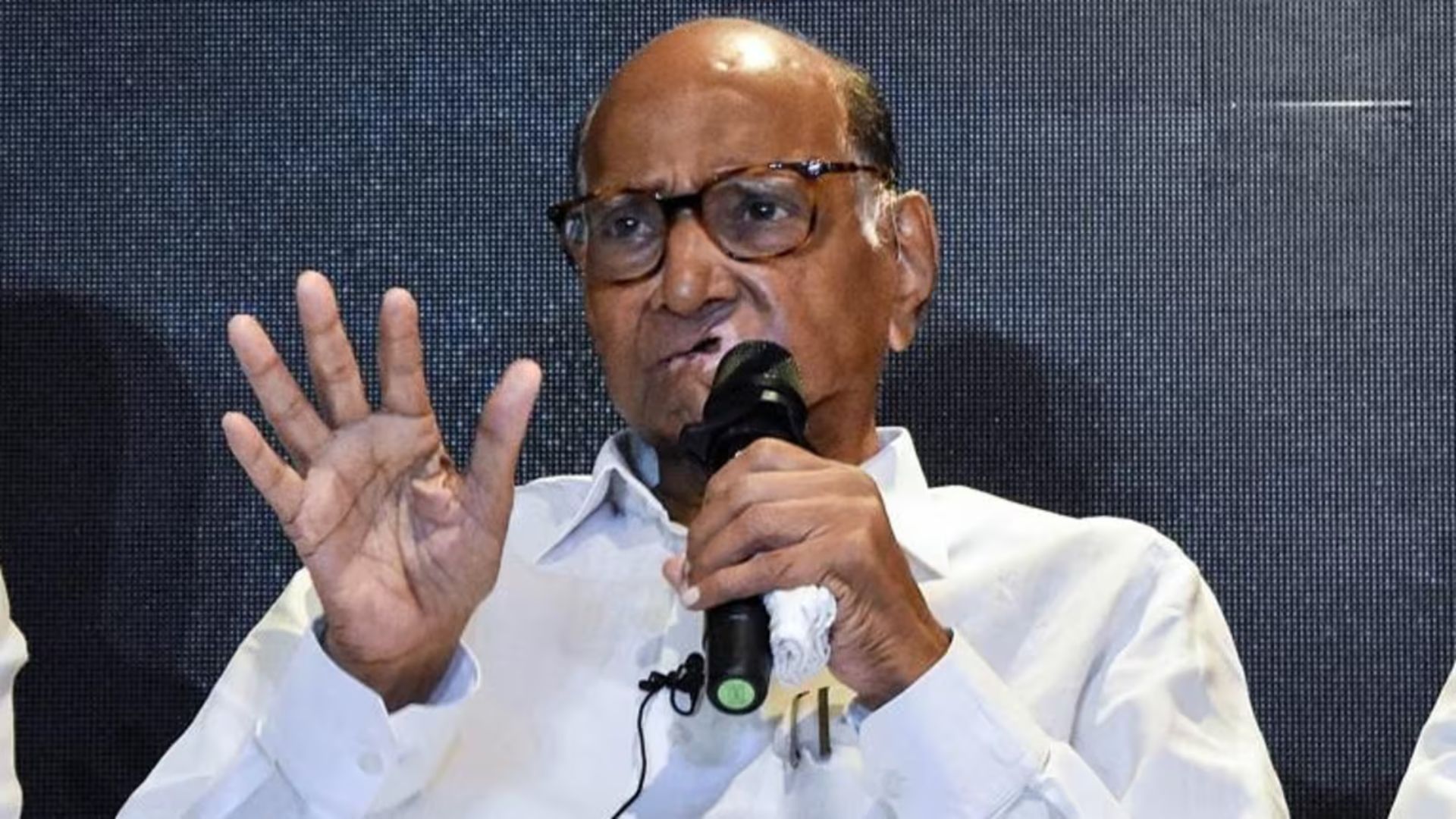
This last section of my ongoing series on smart cities will focus on an unresolved gulf between virtual and real communities that influence decisions on a city’s ‘smartness’ and on their ranking scale. We know that selected cities are expected to prepare project proposals around ‘citizen’s aspirations’ before the Mission makes them eligible for grants. This idea of inclusive citizenry is also carried forward quite effectively in those plausible commitments made through six fundamental principles on which the concept of ‘Smart Cities’ is based. Ironically, much is lost once the concept unfolds and touches the ground where citizens live.


SMART CITIES AND VIRTUAL CITIZENRY
It goes without saying that a city is smart because its citizens are smart. These citizens form communities that give an identity to a city. The Smart Cities Mission proudly quotes the Danish architect and urban designer Jan Gehl on its website, ‘We shape cities and they shape us’ but somewhere the ground plans have been pushed in sharp contrast to those qualitative parameters that Gehl’s work stands for. He has explained the problem of modern cities in an erudite manner as a problem that planners and architects working in silos have created for people, who are then left to fend for themselves under regulations of traffic engineers. In his path-breaking book Cities for People written in 2010, he has revolutionized the concept of landscape planning in accordance with the manner that people use cities. A city that fails to build around lifestyles of people and in contrast forces them to adjust to top-down plans may neither be livable or sustainable. In his famous interview on the book, he said that the real problem is about accommodating plans to the needs of people who have not been properly taken care of because no profession has been responsible for making sure that happened. According to him, this problem is much worse in the fast developing cities of the third world (including India, Brazil, and others), where more and more cars or motorcycles are coming in each day, where people are being more and more suppressed, their liveability is going down as health budgets soar. In a smart city the planner plans, and architect designs before it is handed over to traffic engineers to regulate. The virtual communities are mistaken as ‘people’ who call the shots as per the changing demands of technology. However, since this works in the interest of all such as the government, administrators and corporates, the virtual continues to dictate as real political person.
The 5000 plus projects of smart cities consume a budget that goes beyond Rs. 2,00,000 crores and the Mission grants fund only 45 percent of it. The balance funding comes from convergence and Public Private Partnership or other resources that the State could explore on its own. The very distancing from people begins from this mode of funding in which the companies or the corporates which provide funds may carry borrowed or imported from the West perceptions pushed through virtual communities in decisive convergence platforms. Does a smart city work for its people? There are more problems that plague smart city people from claustrophobia to suicides and murders than in traditional cities as lives are mostly wired and produced through the internet and television. The qualitative failure occurring in smart cities is reflective of the gap between its skyline and the ground life. If reading Gehl’s book was compulsory for Smart City planners, managing these cities would have been in the hands of communities, not traffic engineers as Gehl said. The Mission explains that a smart city ought to be planned in a manner that people are attracted to their markets or manufacturing hubs for opportunities or visit them for witnessing the greatness of their cultures, or their cosmopolitan vibes or for their ability to provide better education and health facilities. The Mission website elaborates it further by narrowing it down to accepting only two factors that attract people to cities and for whom smart cities need to cater to, these are called ‘push and pull factors’. The ‘push factors’, are when people migrate to cities due to distress or scarcity in their place of origin such as droughts, violence, social rifts etc. while the opportunities in education, business and industry constitute ‘pull factors’. Nowhere does it say about what should it provide to local people who have been inhabiting these areas which become smart cities over the destitution of their lives and closing down of income sources. The new professionals who move into these new cities become masters of decision-making by forming virtual communities while the original inhabitants who do not get adapted to this speed and culture get marginalized. The Mission has used ‘liveability, economic-ability and sustainability’ without really getting to the core of what they would mean for local people. The rapid action on ‘Change of Land Use’ from villages and agricultural lands has been done without an alternative economic plan for locals who lose their source of income.For the government to think that these communities could survive through land compensation money was an escape from public responsibility but worse was to close eyes towards the need of herders and landless schedules castes and tribes who survived on grazing grounds of village wastelands and forests.
The government, by allocating land procurement rights to private developers escaped all responsibilities towards these communities who were brutally displaced. In a just and balanced city growth planners would have left behind space for grazing grounds, historic ravines and traditional bunds for water rechargeshed which would have ensured liveability and sustainability while at the same time reducing cost of administering identification and demolition of illegal shops, markets and guest houses, preventing fires and disasters in illegally raised areas by local people.
WEBSITE CONNECT WITH PEOPLE
Smart cities connect to people through websites. It is interesting that Ministers and State officials share data with news media and claim decreasing number of complaints on garbage pickup, waterlogging or traffic congestion as obtained from their portal. Most district websites visited in smart cities were found to be so inaccessible and the wait time so long that complainants prefer to call up local Ward Councillors to get the problem resolved or look the other way. The problem may get resolved if the Councillor is listening to you but in a smart city it is beyond this position to resolve any problem permanently if the complaint doesn’t get registered on the web portal. The Chief Ministers’ claim to resolve instantly if one takes a photo of the problem site and uploads it with the complaint sounds laughable if one reads the section below. This is also a presumption based upon a corporate vision of technology-based governance.
It is in the above context that the government’s capacity to e-govern a smart city can be assessed upon three indices of e-governance ie; Web Measurement Index(WMI), Telecommunication Infrastructure Index (TII) and Human Capacity Index (HCI). WMI looks into the willingness of governments to attract people to inform, interact, transact and network. The number of visitors per website per day given at the bottom of the website would reveal a pathetically low number of visitors if compared to the total population of a city. Yet, this becomes a tool for judging people’s satisfaction with government. The TII explores the number and volume of internet users, online population, mobile users, TVs per hundred people, and provisions of government services and products available online. It would shock many to learn that the Cyber City Gurugram’s internet usage has only recently surpassed the IT cities of Bangalore, Delhi, Mumbai, and Hyderabad to reach a mere 20.9%. It is revealing for the IT glass house people that in this upcoming city only one lac people have computers at home and out of these only 67,000 computers are internet enabled. The third index HCI is information on human capital especially on education levels and technology use aptitude. Since the lockdown started the HCI has plunged since much of the peer learning that used to happen in classrooms on multiple skills to manage one’s own environment has stopped. If e-classrooms are promoted without understanding serious shortcomings that freeze gregarious instinctive nature of humans HCI will further sink and the e-governance-based systems of smart cities may never achieve their objectives despite the massive diversion of money from providing free education to all to technology implantation. We all know that technology is the most ephemeral input in our lives and it needs frequent reinvestments for upgradation and change. Would funds be always available to procure and purchase and who would administer the interregnum?
CORPORATE DRIVEN DECISIONS
The last factor that distances people in smart cities is the manner in which decisions are made and implemented. The Smart Cities Mission has given a list of more than 70 companies and corporates on its website who are selected as consulting firms to plan and execute projects of smart cities. This list includes some of the top global multinational companies like Deloitte, Tractebel, McKinsey, Pricewaterhouse Coopers, Pell Frischmann and Haskoning etc. The Mission Office which should have been a consulting space for Ward Councilors, State Disaster Management Authorities and the District Town and Country Planners or Associations of the Micro, Small and Medium enterprise groups have become a meeting place of these corporates. The manner in which ranking of smart cities take place through an evaluation process decided by these corporates, suggest that implanted ideas would become the core indicator for evaluation rather than the ground level demands which could never feature over the internet. The result is that those who are voted to power to serve their people are gradually getting incapacitated or sometimes they are even fed with wealth and power to serve as agents for the promotion of corporate plans. In the long run politics as a process of capacity building may shrink. The fact that political systems in smart cities have lesser drive to act in an inclusive manner, may become one of the key reasons behind ‘bulldozers’ becoming a political weapon to silence the critics.
SUMMING UP
From planning, proposal formulation, execution, evaluation and ranking, smart cities have less space for people and local communities who may like to see their cities look smart but may have no mandate to be heard and participate in decision-making processes. The government should seriously revisit its smart cities mission outlook to achieve its objective of liveability, eco-ability and sustainability which goes much further into a sturdy nation-building process as well.
The author is president of Network Asia Pacific Disaster Research Group, Senior Fellow at the Institute of Social Sciences, and former Professor of Administrative Reforms and Emergency Governance at JNU. The views expressed are personal. This piece is the fifth and the last part of a series of five articles on ‘Grassroots Concerns of Smart Cities Mission’.















